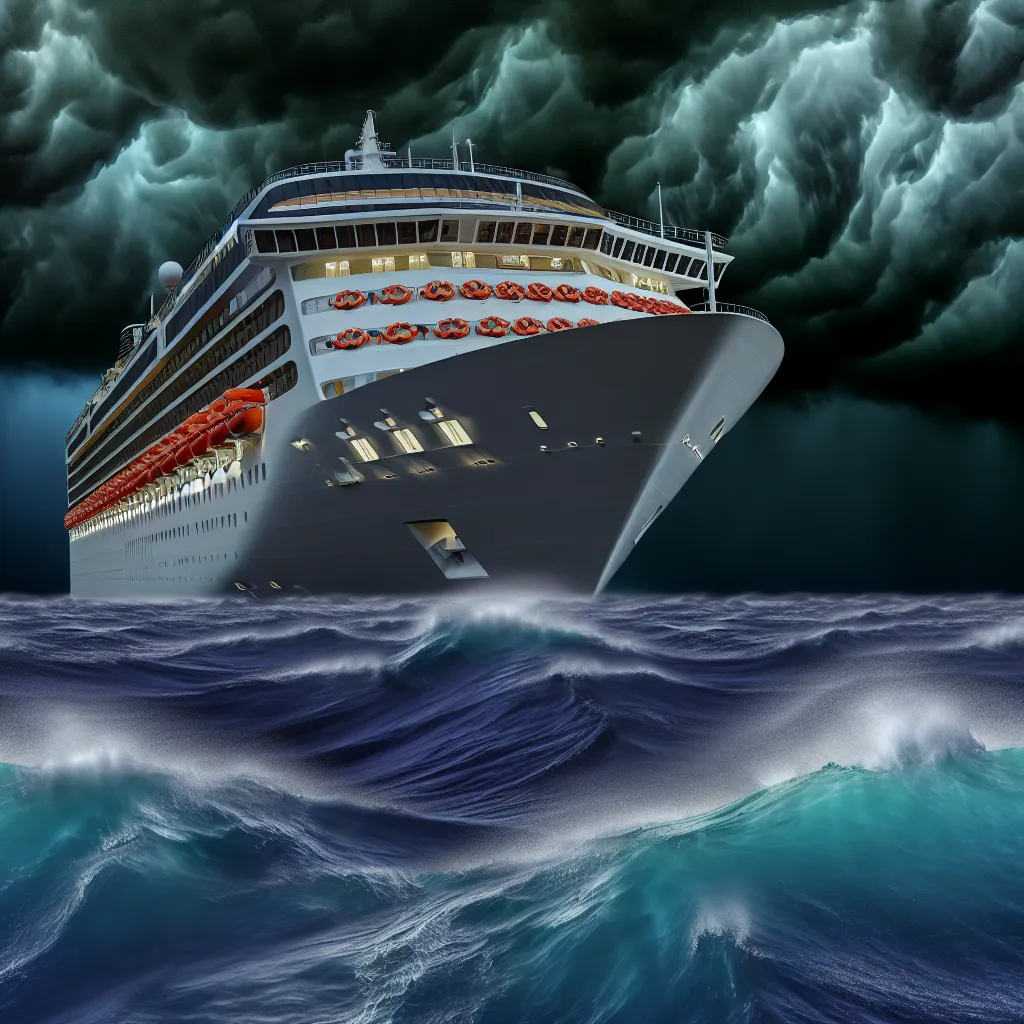If you’ve ever sat through a meeting titled "Briefing on our new auto-scaling strategy," you probably felt a mix of dread and déjà vu.
Auto-scaling promises the dream: efficient, self-adjusting infrastructure that responds like magic. In reality? It’s like strapping a rocket engine to your cluster—and forgetting to install brakes.
Let’s talk about what happens when your system knows how to scale up… but forgets how to come back down.
🚢 The Cruise That Never Docked
Picture this: you’re captaining a cruise ship. A storm hits. You add extra lifeboats, crew, and maybe a new deck to keep passengers safe.
Crisis averted. But here’s the kicker—once the storm clears, all that extra gear stays on board. It weighs you down, drains fuel, and kills efficiency.
That’s your infrastructure after a traffic spike—when scaling up happens fast, but scale-down never follows. The result? Bloated resources. Burned budgets.
🧪 Case Study 1: Acme Corp’s Uncontrolled Surge
Acme Corp—a mid-size e-commerce player—had a good problem: their product went viral.
Traffic jumped from 10,000 to 100,000 users in a day. Their Kubernetes cluster, guided by a Horizontal Pod Autoscaler (HPA), did its job. It scaled up fast.
But when traffic dropped, nothing came back down.
Pods stayed up. 300 of them. CPU sat at 10%, twiddling its virtual thumbs.
Nobody noticed until the cloud bill landed. An extra $300,000. All because the scale-down path was… nonexistent.
They planned for success. But forgot to plan for after success.
🧪 Case Study 2: WebFiction’s Feature Frenzy
WebFiction—an online storytelling site—rolled out a new feature. It caught on fast. Old users re-engaged. New ones poured in.
Their HPA config looked solid—on paper.
apiVersion: autoscaling/v2beta2
kind: HorizontalPodAutoscaler
metadata:
name: webfiction-hpa
spec:
scaleTargetRef:
apiVersion: apps/v1
kind: Deployment
name: webfiction-deployment
minReplicas: 2
maxReplicas: 50
metrics:
- type: Resource
resource:
name: cpu
target:
type: Utilization
averageUtilization: 80
Here’s the twist: the maxReplicas limit wasn’t enforced consistently across all environments.
So instead of capping at 50 pods, the cluster ballooned to 2,000. Yes, two thousand.
Monitoring lagged. Alerts missed. Usage doubled. Nobody caught it in time.
Lesson learned?
- Don’t trust defaults.
- Enforce hard caps everywhere.
- Test what happens when traffic explodes—not just when it trickles.
🛑 The Missing Brake Pedal
Here’s the dirty little secret: Kubernetes doesn’t really know when to scale things back down.
If you’re only watching CPU or memory, scale-in can be blocked by:
- metric noise or jitter
- zombie connections
- HPA cooldown delays
- bad thresholds or configs
One quick hack? Manual scale-down with a loop like this:
# Graceful scale-down, never below 2 replicas
kubectl scale deployment webfiction-deployment --replicas=$(kubectl get deployment webfiction-deployment -o=jsonpath='{.status.replicas}' | awk '{ if ($1 > 2) print $1-1; else print 2; }')
Better fix? Use smarter signals. Hook up Prometheus Adapter for custom metrics—or switch to KEDA.
KEDA supports:
- Scale to zero
- External metrics
- Queue-based triggers
It’s like giving Kubernetes a sixth sense.
🔧 Your Infra Checklist
Before you blame the autoscaler, check your setup:
- HPA: Do you understand how it scales in?
- Terraform: Are scale-down policies explicit—or just implied?
- Prometheus + Grafana: Do you alert on underutilization too?
- KEDA: Is it a better fit for bursty or event-driven loads?
- Budgets: Are cost limits tied to scaling logic?
If not, you’re flying without instruments.
📌 Final Thoughts
Auto-scaling isn’t a “set it and forget it” feature. It’s a balancing act.
The good news? You can get it right.
But before you slap an HPA on your next workload, ask yourself:
- Can it scale down as well as up?
- Are thresholds realistic—or wishful thinking?
- Are limits enforced at every level?
- Do you have a rollback plan?
A reactive system is powerful. A controlled one is sustainable.
Scale with care.
